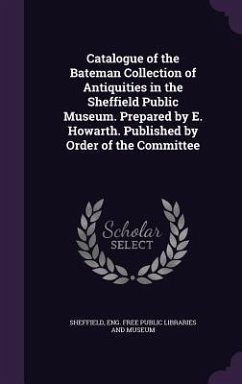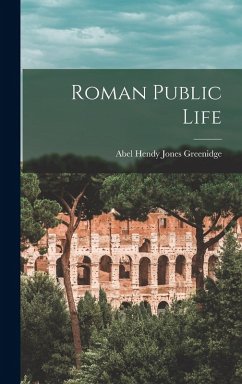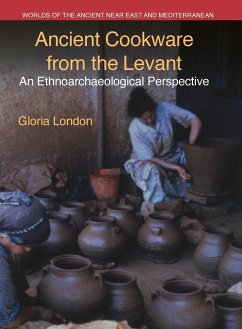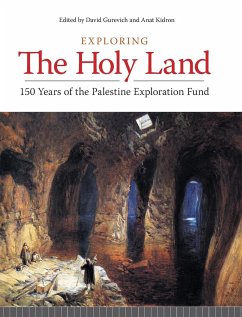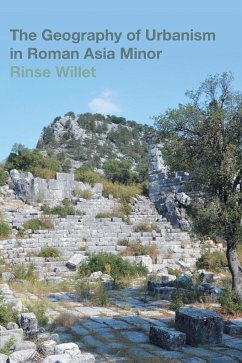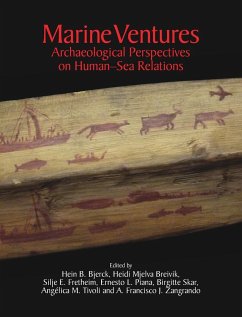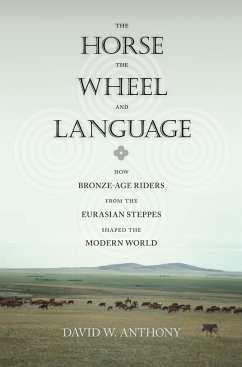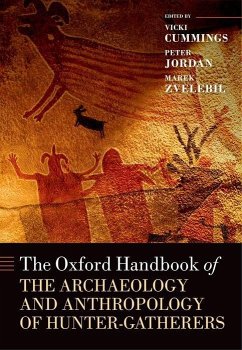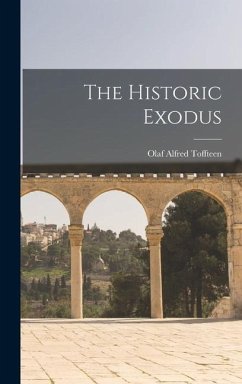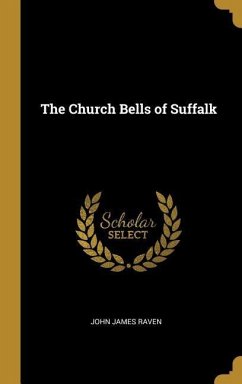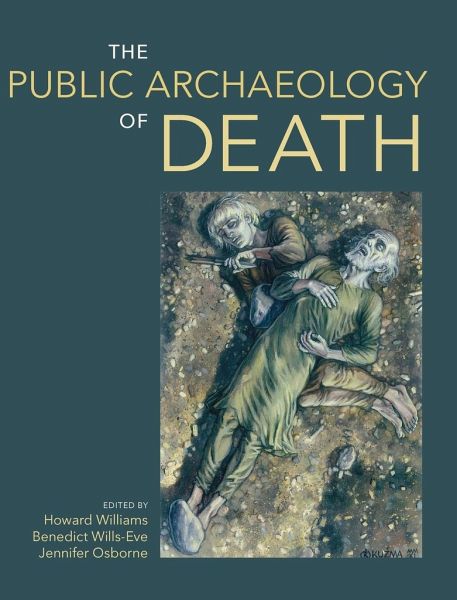
The Public Archaeology of Death
Versandkostenfrei!
Versandfertig in 1-2 Wochen
104,99 €
inkl. MwSt.

PAYBACK Punkte
52 °P sammeln!
From the tomb of Tutankhamun to the grave of Richard III, archaeologists have studied, displayed and debated rich and varied evidence of the burial and commemoration of the dead from past times to the present day. Mortuary data is not only a key window into the human past, it defines and resonates through 20th and 21st-century popular culture. Yet, in many regards, archaeologists' engagements with death and the dead are contentious and problematic, emotional and political. For instance, in what circumstances if at all is it ethical to dig up and display human remains? What do people learn from...
From the tomb of Tutankhamun to the grave of Richard III, archaeologists have studied, displayed and debated rich and varied evidence of the burial and commemoration of the dead from past times to the present day. Mortuary data is not only a key window into the human past, it defines and resonates through 20th and 21st-century popular culture. Yet, in many regards, archaeologists' engagements with death and the dead are contentious and problematic, emotional and political. For instance, in what circumstances if at all is it ethical to dig up and display human remains? What do people learn from meeting ancient people in museums and heritage sites? How significant is mortuary archaeology in our own present-day imaginings of prehistoric and historical societies, as well as fantastical and fictional societies portrayed in literature and film? Tackling questions such as these, osteoarchaeologists and mortuary archaeologists have often found themselves at the forefront of the public engagements for interdisciplinary and archaeological research. This book identifies a series of lacunae in recent discussions of mortuary archaeology's interactions with contemporary society. It aims to re-evaluate the range and character of public mortuary archaeology critically through a range of case studies from the UK, Europe and farther afield. In particular, this book seeks to address a network of relationships between mortality, material culture and archaeological theory, method and practice through a series of themes that connect the digging, display and dissemination of mortuary contexts and remains with wider popular culture themes and media.





